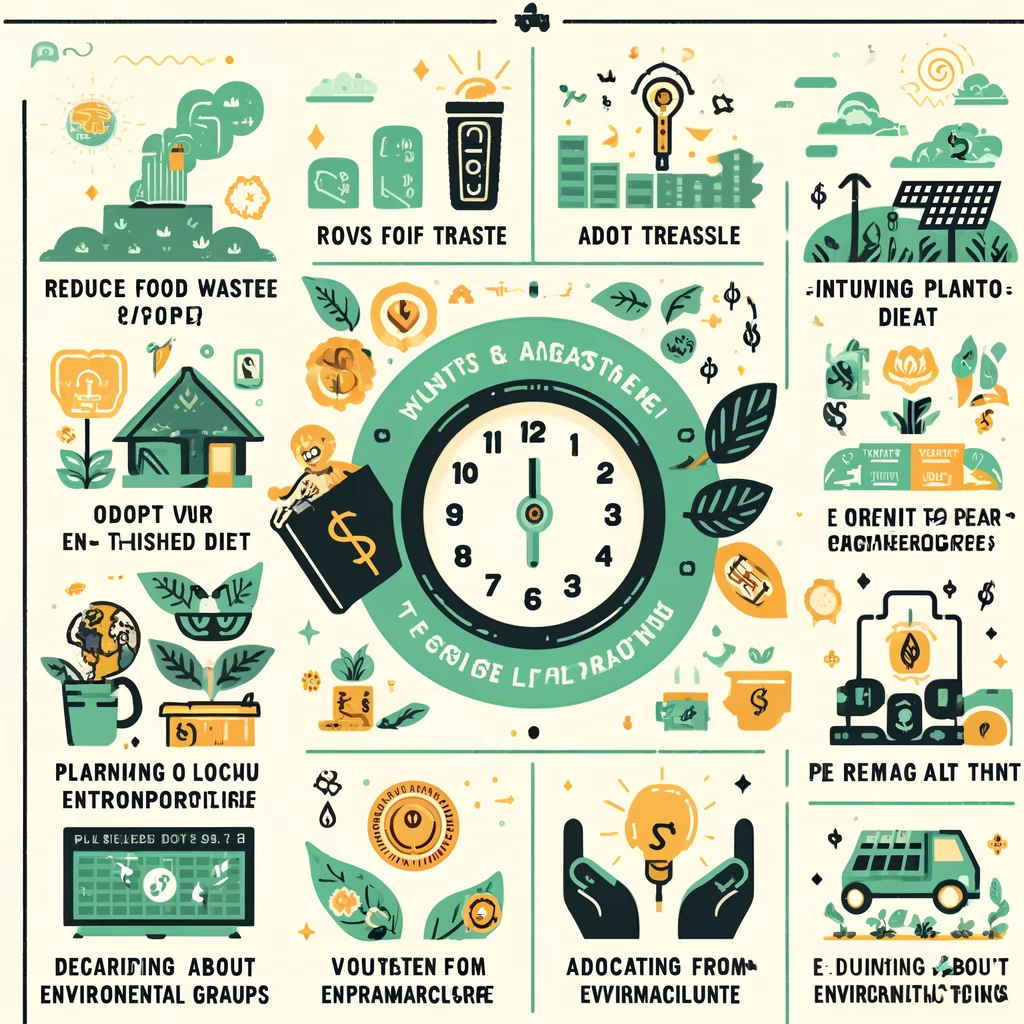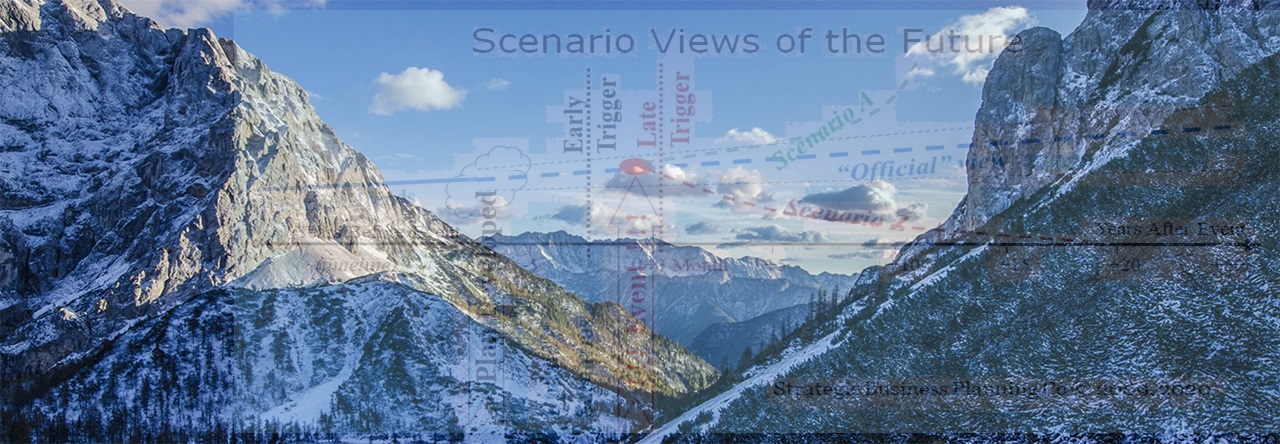SustainZine (SustainZine.com) blogged about a rather cool idea on the decentralization of power (here). The idea in Nature Communications is to have buildings everywhere use their renewable power sources to generate a biofuel of some type. And the authors had the Heating Ventilation and Air Conditioning (HVAC) unit extract CO2 from the atmosphere to generate the fuel. Some of the technologies they pointed to were new-er technologies that are now (hopefully) making their way into main-stream. (Read the nice summary article in Scientific American by Richard Conniff.)
Basically, everyone everywhere can now produce their own power at rates that are a fraction of lifelong utility power. Storage is now the big bottle neck to completely avoiding the grid. The distributed power should only be a big plus to the overall power grid; however, the existing power monopolies are still resisting and blocking. So complete self-containment is not only a necessity for remote (isolated) power needs, but a requirement in order to break away from the power monopolies.
In the US, there is the 30% Renewable Investment Tax Credit which makes an already good investment even better for homeowners and businesses. Plus, businesses can get accelerated depreciation making the investment crazy profitable after accounting for the tax shield (tax rate times the basis of the investment). Many of the states also sweeten the deal even more. But the 30% tax credit starts to reduce after 2019, so the move to renewable starts to drop off precipitously at the end of 2019.
You would think that the power companies would join in the solutions, and not spend so much time (and massive amounts of money) on obstructing progress. All those tall buildings that are prime candidates for wind. Think of all the rooftops, roads and parking lots worldwide that are prime candidates for solar. Distributed power. As needed, where needed. No need for new nuclear, coal or nat-gas power plants. Little need for taking up green fields with solar farms.
Of course, the oil, coal and gas companies need the perpetual dependence on the existing infrastructure. When we all stop the traditional fossil fuel train — and all indications from the IPCC show that we must stop that train sooner, not later — then all the oil and gas in the world will need to stay in the ground. Call me an optimist, or a pessimist, but I would not buy oil or gas for almost any price. I definitely wouldn’t buy into the Saudi-owned oil company spinoff.
It is probably a mistake to think that technology to take CO2 out of the atmosphere after the fact can repair past sins. Avoiding putting pollution into the air, water and land — the negawatt and the negagallon, in this case — are by far the best approach.
In Sustainzine, BizMan concluded with this thought about the here-and-now scenario, not in the future at all:
“Hidden in this whole discussion is that scenario that is here and now, not futuristic. Renewable energy is cheaper and massively cleaner than conventional energy, and it can be located anywhere. Storage, in some form, is really the bottleneck; and storage in the form of synthetic fuels is a really, really cool (partial) solution.
References
Dittmeyer, R., Klumpp, M., Kant, P., & Ozin, G. (2019, April 30). Crowd oil not crude oil. Nature Communications. DOI: 10.1038/s41467-019-09685-x

